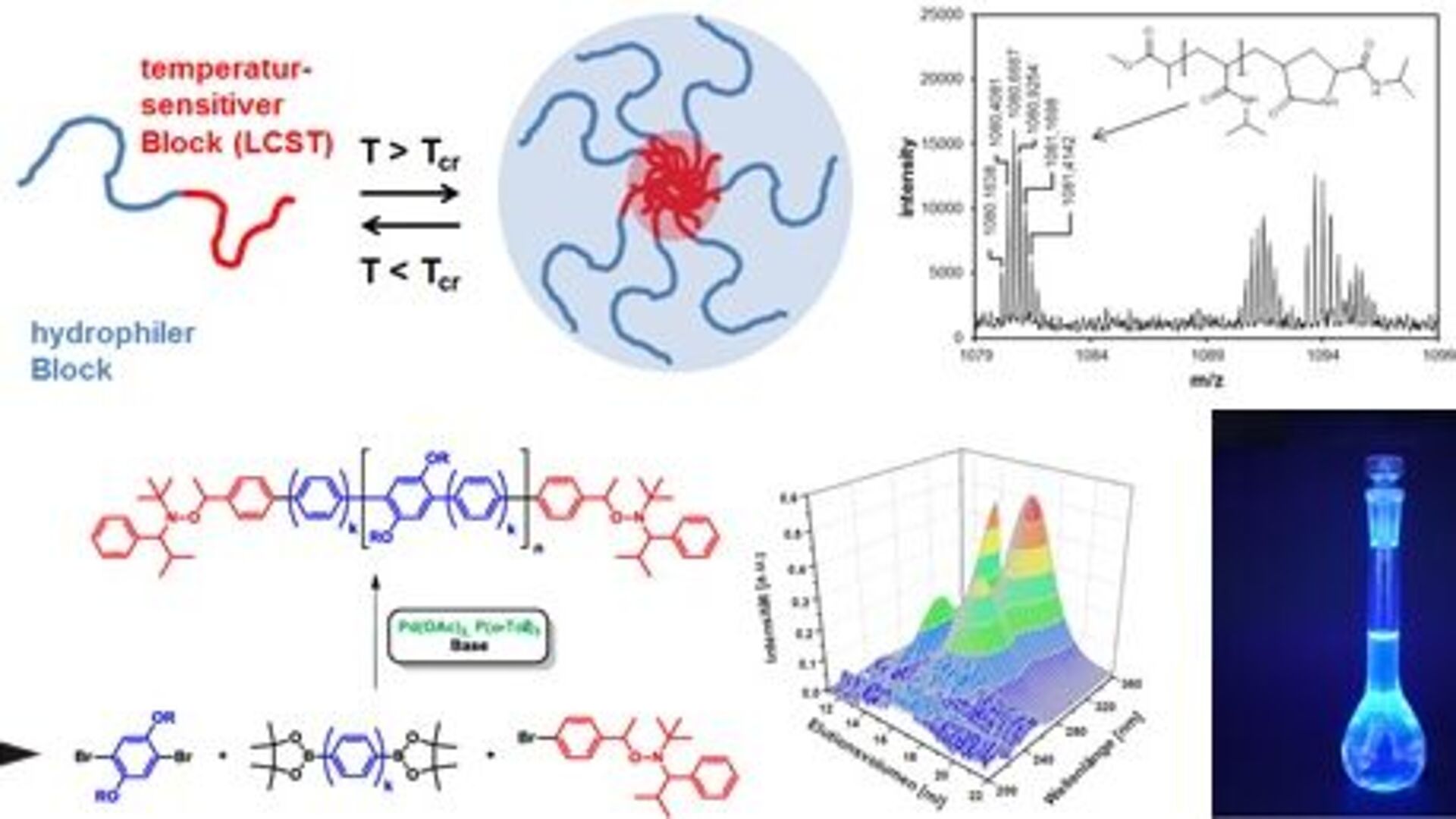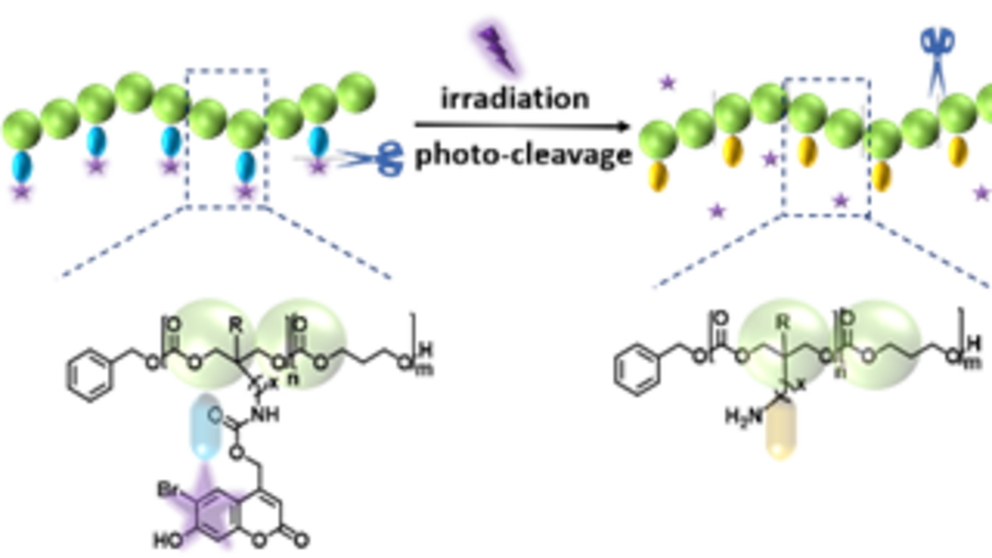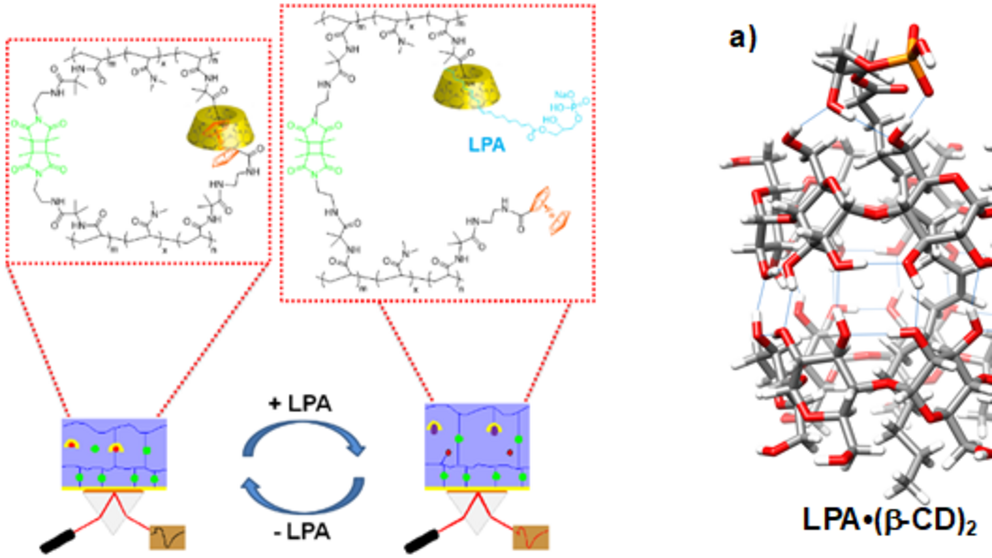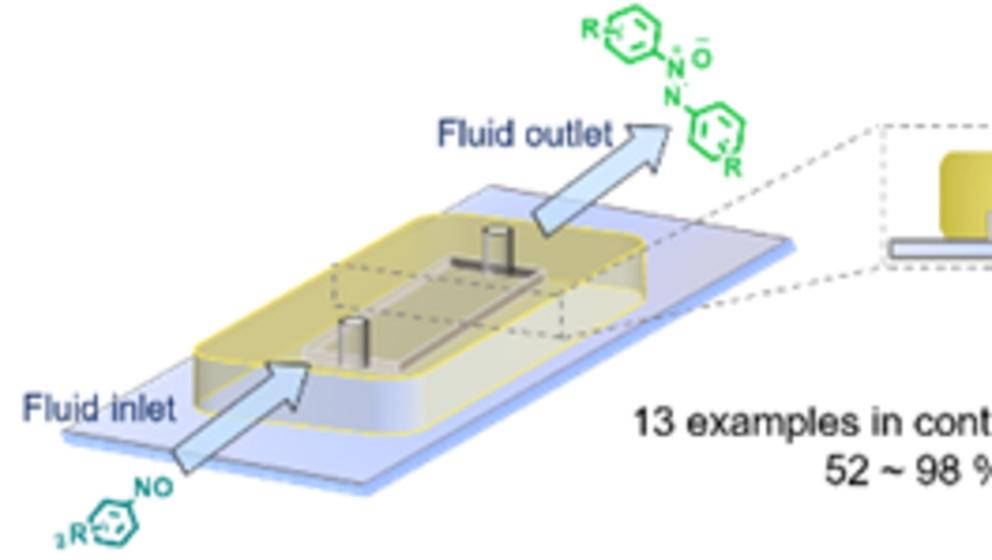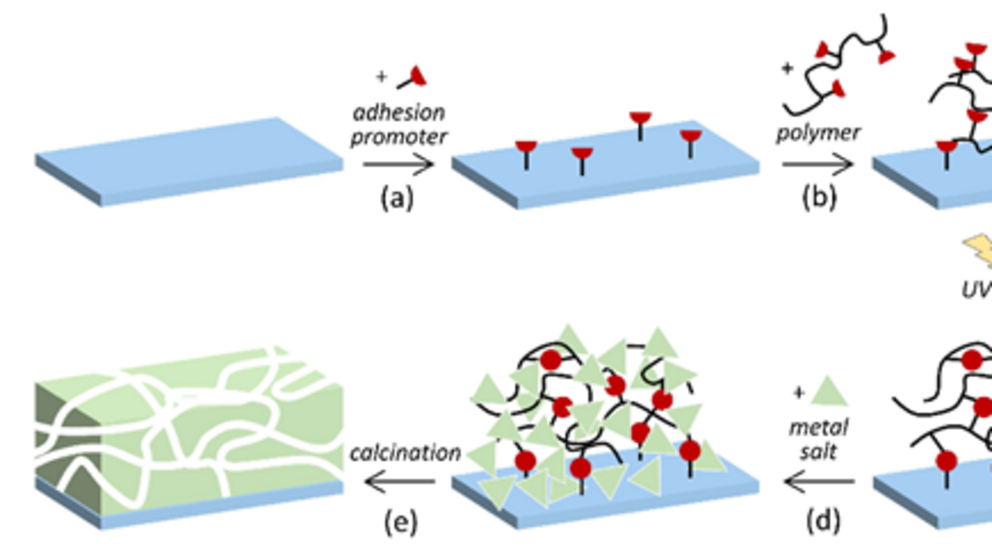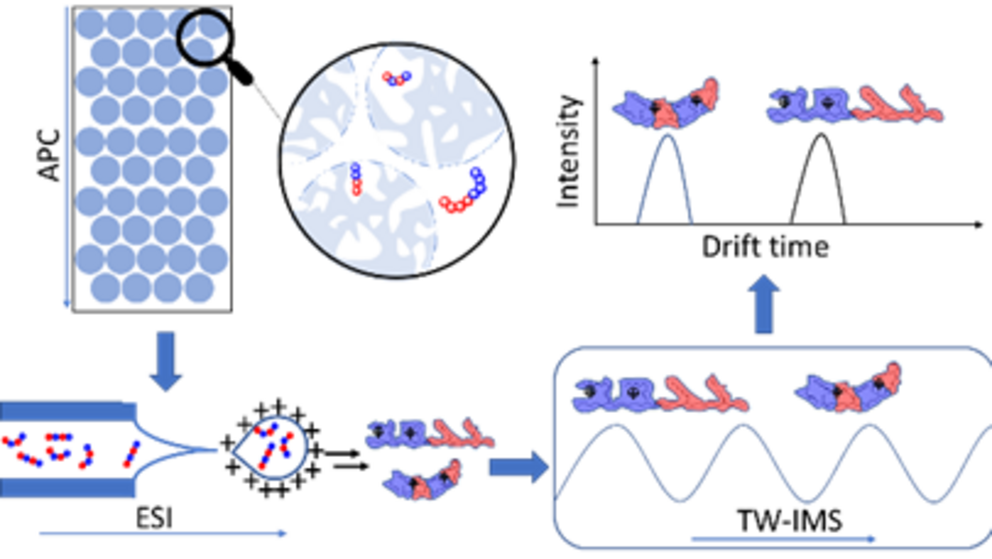Smart Polymer Structures
Polymers being able to respond to an external stimulus with changes of their physical properties (stimuli responsive polymers, SRP) can be called ‘intelligent’ or ‘smart’ materials. The external stimulus can be of chemical or physical nature. Ideally the response to the stimulus is threefold: First the stimulus is detected (sensor function), second it is quantified (processor function) and third a response behavior results (effector function). Applications as sensors and actuators is one research focus. Additionally, the biocompatibility of these materials offer use e.g. as medium for cell culturing and as component in ‘tissue engineering’. Hydrogels are proper matrices for the formation of mesoporous metal oxides.
For the assembly of novel nanomaterials research is focused on polymers being able to form defined supra-structures. For this Investigations on thin films as well as colloidal systems are performed. Thus, materials with novel sensoric and actuatoric properties are prepared. The nanostructured materials possess different areas those swelling can be addressed separately. On the other side cylindrical morphologies can be used for switchable membranes. In aqueous media block copolymers assemble into micelles. Their structure can be fixed by cross-linking. The core shell nanoparticles possess multi-responsive behavior. This is utilized to generate novel drug delivery systems. Particular specificity is obtained if the nanoparticles are decorated with special biological receptors (e.g. antigens).
Current research topics
Kontakt

Head of Institute - Professorship for Organic and Macromolecular Chemistry
Office: J3.310
Phone: +49 5251 60-2171
E-mail: dirk.kuckling@uni-paderborn.de
